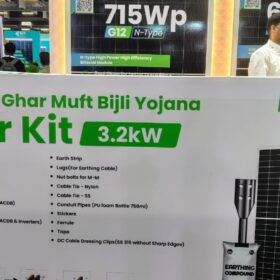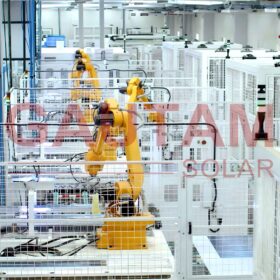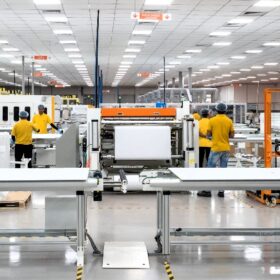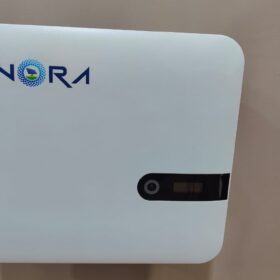The PERC Solar Panels market was estimated at around 150 billion in 2021, growing at a CAGR of nearly 7.9% during 2022-2030. The market is projected to reach approximately USD 290 billion by 2030.
Owing to the world’s growing urbanization and energy demand. PERC solar panels help reduce pollution and reliance on electricity. In the coming years, it is anticipated that additional environmental regulations related to carbon emissions will increase demand for PERC solar panels. “Passivated emitter and rear contact” or “rear cell” are referred to by the acronym PERC. The standard solar cells on the rear of PERC solar panels include an extra layer. PERC batteries are more effective than normal batteries because of the additional layer that allows them to absorb more sunlight and convert it into energy. The University of New South Wales first outlined the PERC approach in 1983, but it wasn’t until 1989 that it was formally registered in a paper. PV modules were eventually able to convert more energy than the industry standard of 20%, which had been the norm for a number of years, owing to the PERC solar cell.
Growth Factors
Due to global urbanization trends and rising energy consumption, the market for mono PERC solar panels has been growing. Solar panels made of mono-PERC material reduce pollution and reliance on electricity. In addition, it is anticipated that increased environmental laws on carbon emissions would increase demand for mono PERC solar panels during the coming several years.
Soon, it is also projected that increased government initiatives involving renewable energy in rural and urban regions will increase demand for solar panels. The lifespan of the installed solar PV panels under various climatic circumstances is one of the primary issues faced by the solar photovoltaic system. The potential of solar panels to perform poorly under extreme environmental stress is a problem that must be considered if the worldwide industry is to continue growing.
Another significant issue for the sector is the absence of adequate energy storage and maintenance. Typically, solar energy is stored in expensive, high-maintenance batteries. The installation of solar PV panels is more expensive than the installation of other commonly used panels, which presents a challenge for market growth throughout the projection period.
Segmental Overview
The crystalline silicone market segment, which dominated the global market in terms of technology in 2021, is anticipated to have potential expansion over the course of the projection period. The potential market expansion around the world is supported by the increase in demand for solar PV applications in industrial, commercial, and residential settings. Additionally, the high stability and efficiency rate of the crystalline silicone segment fuels its market expansion. With 40% of the worldwide solar PV market, the commercial application has the biggest market share. The commercial segment of the market is growing quickly due to the high demand for solar PV modules in distant locations and commercial buildings. The residential sector consists of housing societies, residential colonies, and a variety of electrical tools. As the world’s population continues to rise, there is an enormous increase in demand for housing developments and individual homes. During the forecast period, these factors are anticipated to fuel the residential segment’s growth in the worldwide PERC Solar Panels market.





